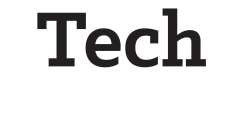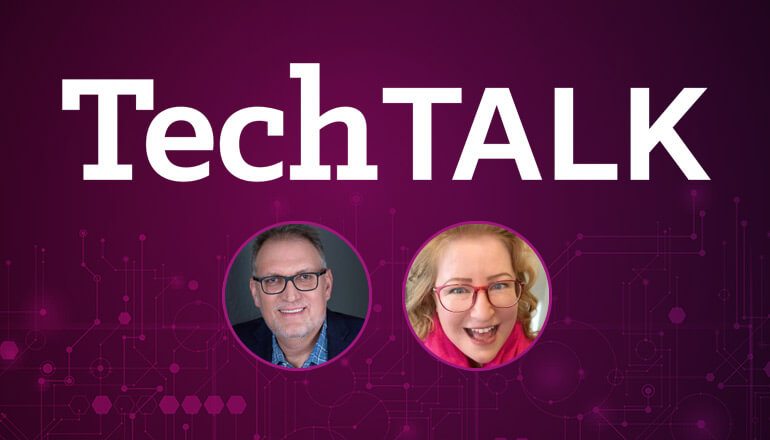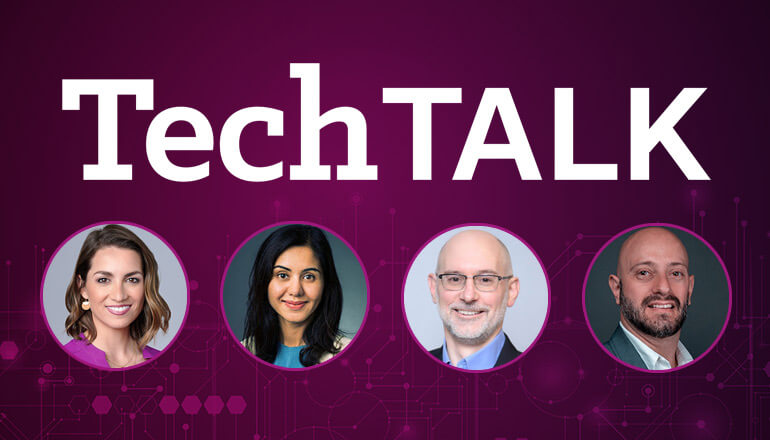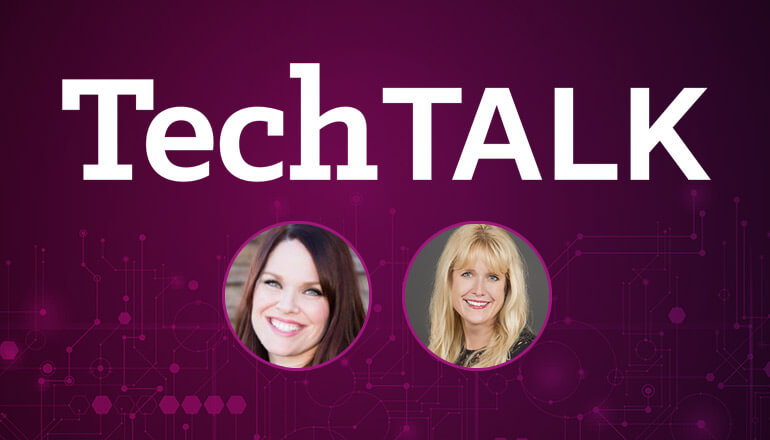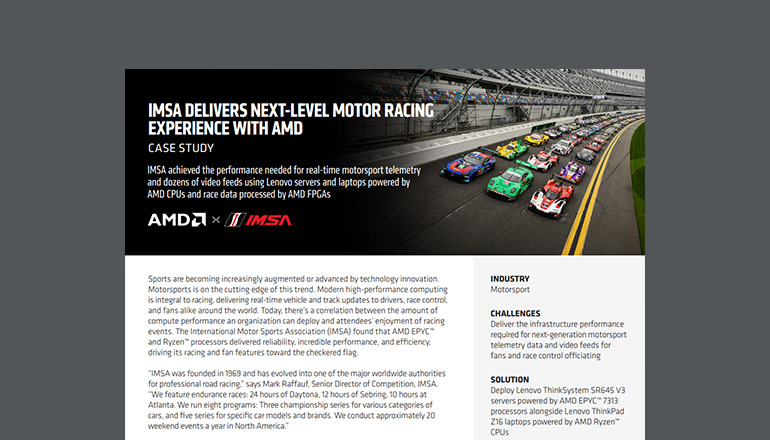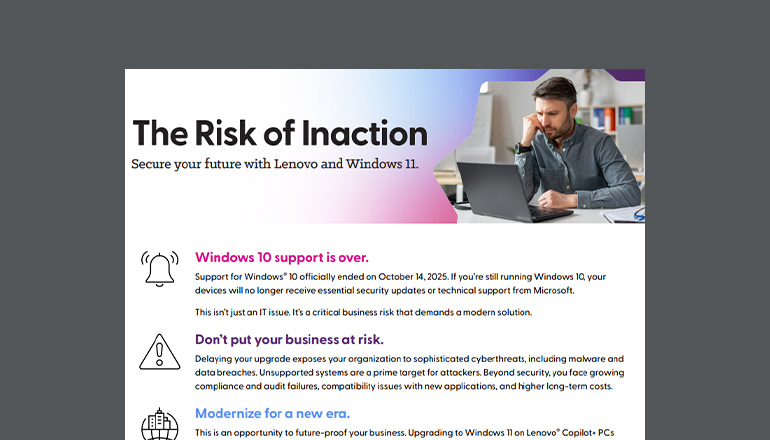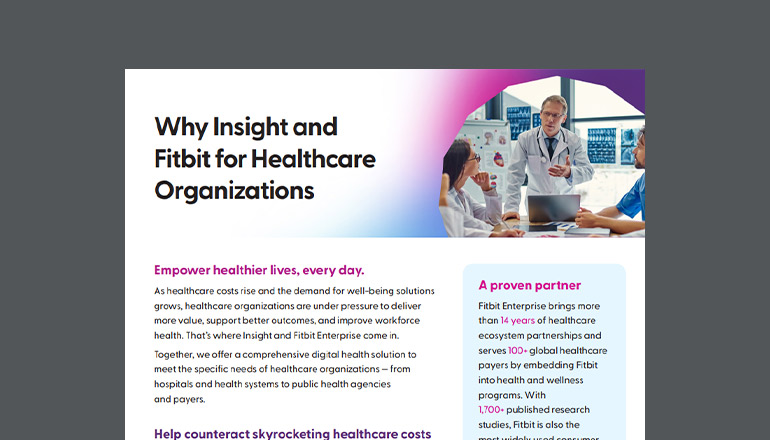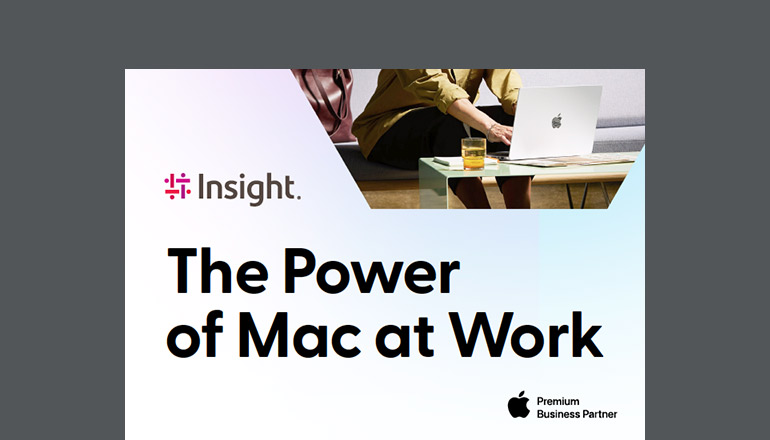Audio transcript:
Endpoint and the Hidden Costs of Complexity, Part 2
Kate
Hello, thanks for joining us for another insight Tech Talk. I'm Kate Mayer, Senior Manager of Go-To-Market Solutions with Insight. I'm joined today by Joe Flynn, Director of Services, and Adam Duffy, Product Services Manager. Hi, everybody.
Joe
Hello.
Adam
Hello.
Kate
So, today's episode is called, Endpoint and the Hidden Cost of Complexity. I think we can all agree that the game has changed when it comes to enabling businesses, especially with hybrid workforces. We have in-office, working from home, a lot of hybrid happening at this point in time. So, it's important to take an approach that balances the cost and complexities of that, and we're going to talk through some of the top concerns that we see every day with clients, and how Insight is helping clients to address some of those. So, let's get started. Kind of kicking off, Adam, I might have you kind of walk us through this first question. So, what are the current concerns surrounding forward and reverse logistics of a traditional endpoint?
Adam
Yeah, so, nowadays there's really just two main points that I like to start with is that, you either have devices already, or you need to get devices. So lead times, if you need to get those devices, lead times are really a long time. We're not in this time where you can just go and place an order really quickly online and have it in a couple days, a couple weeks.
Kate
Right.
Adam
We're talking some months. So you really have to plan around that. And let's just say, once you finally get the devices, or you have them already on hand, you have multiple hands on the devices, when they're processing back and forth, and shipping them back and forth as well. Those shipping costs are really high right now. So, you have to think about how that might stack up and feed into the equation. When you have multiple hands also processing those devices, sending them back to those end users, there's all kinds of complications that can occur. So, when you think about also managing those assets, you have to know what devices are where at all times, what data is on those devices. So, keeping up with all these things it takes all lot of manpower, it takes a lot of effort. And so, those are some of the first things that I think of. And also, additionally, now that we have the benefits of Cloud PC,
Kate
Sure.
Adam
I mean, you just at the desktop really quickly and easily and users can jump on from any device and log on the browser, access all that company data, and keep it in secure environment. So I think there's options to work around this considering all these, where we are at the moment.
Kate
Yeah. Great points. And I think, you know, you hit right on it. Like, especially right now, supply chain constraints. I mean, there's a lot there for organizations. So kind of, Joe, I think looking at that a little bit further like what have we found to be you the biggest expense when it comes to endpoint management including its impact on end user productivity?
Joe
Yeah. I think the biggest expense is the one it's hard to put a number on, right? Because a lot of times it's soft ROI.
Kate
Right.
Joe
And if we look at the the management today, legacy management, people working remotely, employee experience is huge because employee experience equates almost productivity.
Joe
So a couple of the things that will affect productivity or employee experience, if you think of lack of self-service, so the fact that an employee will always have to rely on someone from IT to do something for them on that endpoint where at that point in time, they're going to open a ticket, they're going to wait. So again, it's downtime, it's lack of productivity. If we look at taking what Adam just said on the forward and reverse logistics, getting user device, again, it's tied to the cost of a downtime where it's tied to the cost of that employee experience being able to be productive. Longer ticket resolutions is another item. So every time that employee has to call in, support teams get inundated with requests. So that means tickets could sit for 2, 3, 4 days before an employee's actually waiting to do something. And then, lastly, when it comes to more of the hard ROI, it's that maintaining the technology curve. The more we keep those legacy technologies on prem the more it's going to cost to move forward. But additionally, many cost customers that we find have duplicate tool sets. So now they're spending licensing on tool sets that essentially overlap and they can streamline what they do and streamline the cost into a single one, which also provides more efficiency and flexibility around the framework of how they handle all of that support management.
Kate
Sure. So a lot of complexity there impacting cost across the board. Yeah. So I think shifting a little bit, Adam, like at a high level, what kind of cost savings can be captured by clients by modernizing and adopting a cloud first approach when it comes to endpoint management?
Adam
Yeah. Well, cloud first is a great topic. I love talking about this. And one of the first things that comes to mind on this question really is kind of piggybacking what Joe was talking about, productivity. Productivity, you know, we've been in this remote and hybrid world for a while now and there's been a lot of studies to show that where we were thinking about before, for example, there's this this employee happiness, employee comfort. When you have bring your own devices on the table you have a whole plethora of new things that these users are able to accomplish. And they're able to spend their time doing what's valuable to them and the way they use time creatively. So productivity is a top thing that comes to mind. Now, when you have a lot of resiliency with redundancy available from a cloud first approach, you have companies you can grow a lot faster. You don't have to come out of pocket, really high just to get started. If you want to grow over into other countries, you have cloud services that are all ready to go. When you're able to leverage those and take advantage of the economies of scale that have been built in place for some time you, end up in a situation where you can do a lot more with a lot less and get going a lot faster.
Kate
Sure. And, I think, Joe, kind of thinking through those impacts as well, like, can you talk us through a little bit of kind of the impacts there from a licensing support training perspective?
Joe
Yeah. And like I said, in previous question, many customers we find licensed multiple products and-
Kate
Right.
Joe
no specific product, but a lot of times they can have a product specific to a non windows platform, product specific to mobile, and a product specific to windows PCs. While now, with these modern technologies, are cloud first technologies, you can consolidate into a single product. So now you're reducing your costs from the licensing side, you're reducing the support cost, but then also the training of your employees. It's a little, not much easier, but it is a tad easier to concentrate your employees on a single technology, single tool, than trying to stretch them across multiple tool sets of technologies.
Kate
Sure.
Joe
One of the things I wanted to add with Adam was hinting toward is one of the big cost savings, scary enough, is just password resets. If you look at the remote workforce today, if you're tied to an on-prem or dependent to your on-prem environment, even though you may reset your password, the user still has to somehow connect to your environment to log in with that password or to reset that password.
Kate
Right.
Joe
A cloud first environment allows that user to be anywhere potentially to reset their password. You can tie multifactor authentication very easily into it, but then the users never lock out of their device for an extended period of time or at all, they can simply reset their password on the fly and simply log into that device no matter where they are. Password resets is still, if you look at a service desk side, is still one of the number one items that's a cost to, where we get thousand of tickets,
Kate
Right.
Joe
Just on password resets that can go away In a cloud first approach.
Kate
And that's pretty common, you'd say, across a lot of clients that you talk to.
Joe
Absolutely. Especially now when we're remote-
Kate
Right.
Kate
and you have to reset your password. Now you're figuring out how do I VPN in, right-
Kate
Right.
Joe
to get my device connected so my device can get the new password. So there's a lot of problems when you're tied on to, you're dependent on prem. And that's where the cloud first approach definitely shines.
Kate
Yeah. Big impact there from a lot of perspectives.
Joe
Yeah.
Kate
So when we think about, you know the hidden cost, the obvious cost, the, you know impact to productivity, I'd love kind of both of your take on like how does partnering with with an experienced solutions integrator, like Insight, save a company in cost, time, effort across the board?
Adam
Okay. I'll just jump in right here. The first thing that comes to mind, for me, is when you are able to lean on experts to avoid common pitfalls. When you try to ramp up your own team and provide all that training to get up to speed in order to implement what you need, that's a lot of time lost, and you can also have a lot of issues pop up in the meantime that you get to avoid when you're able to partner with someone who does it every single day.
Kate
Sure.
Adam
So when you have folks who are doing this every single day and also working with you, not necessarily for you, but as a partner, then you're able to really leverage a lot of time lost. So you get to ramp up a lot faster, modernize a lot quicker, and maybe ways that you hadn't thought of just because of the daily conversations that you'd have with an expert team.
Kate
Great. And Joe, what, from your perspective, should we keep in mind there?
Joe
Yeah. My perspective on that is, the benefit of leveraging a partner like Insight is we do this for many customers. And a lot of times when you're in a corporate world, you're you tended to be tunnel vision, people tend to be-
Kate
Right.
Joe
tunnel vision on their own environment. And that's great 'cause they know their environment inside and out.
Kate
Yeah.
Joe
So when you start modernizing, you start adopting new technologies. And when you get to a cloud first approach, the technologies don't slow down, the curve just skyrockets. And so an Insight partner working with many customers we know the pitfalls, we know the workarounds, we know what other customers are running into. So we're able to bring that value back to you, as our customer, to be able to keep pushing you forward. Another item is shift the focus of the people who are doing the day to day for you today. Let them contra in the business, let them contra on where, what makes you money as a business. Not just keeping the lights on, because the benefit from Insight is we keep the lights on. We can be very efficient at keeping the lights on. But then, now the benefit is we can turn the efficiency back to a value add to you and help keep pushing you forward, keep pushing you up that technology curve. And so there's a lot of benefits there, but the biggest part is the technology curve. 'Cause once you go in a modern world, the modern world does not slow down for you like it used to. Before, if I was on prem, I could stay in that same environment however long I wanted to. 5, 6, 7 years. Now, once you start shifting to modern, modern is a train.
Kate
Right.
Joe
It's going no matter what, and it's going at its own pace.
Kate
Right.
Joe
So the benefit of a partner's to help you keep up with it.
Kate
Yeah. That's great. Great points from both of you. So thank you for your insights today, Joe and Adam. It sounds like there is a ton to be gained from modernizing how we think about out endpoint management and especially with working with a partner like Insight who is doing this today for a lot of customers, really helping them to kind of meet them where they're at today and help them move forward for the future. So thank you both so much. And to the audience, thank you again for joining us today. We invite you to check out the URL on the screen and join us for a complimentary managed endpoint workshop with Insight experts. So thanks everybody. Talk to you soon.
Adam
Thank you.
